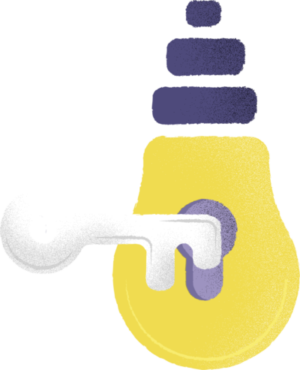Organisational Development and Design
Developing Behavioural Frameworks
Scroll to see more

Shape Your Culture Through Behavioural Frameworks
In our experience, a robust behavioural framework enables an organisation to define and articulate its target culture and the supporting behaviours at every level. Behavioural Frameworks can shape the focus and message behind all subsequent assessment and development solutions and activities.
Innovation Central believes that for a behavioural framework to bed embedded successfully, it has to be developed through the active engagement of colleagues at all levels. This process ensures that the behaviours are written in the language of the organisation and gives the sense of being ‘written by the people, for the people’.
Developing A Behavioural Framework
Defining the Target Culture
Culture can be defined as the sum of the behaviours, and the tone of behaviours is set from the top. This initial stage requires Executive engagement to explore and define the current culture before establishing the future culture. Additionally, time is spent identifying the behaviours that need to be demonstrated and modelled from the top.
Colleague Engagement
Colleague workshops to enable a cross-section of the population to describe what they will see people doing and hear them saying when demonstrating the culture positively and less positively (positive and contra indicators).
Innovation Central spends time with clients to discuss and analyse an appropriately representative attendee list for the behavioural framework engagement interventions. It is crucial to allow for open and honest conversations whilst ensuring all people/roles have a voice through the process.
Design
This is the magic bit, so excuse our brevity here. We will happily chat it through with you in more detail. In short, Innovation Central will analyse the statistical data and insight from all the various engagement interventions to identify common themes and shape the relevant behavioural statements. There’s more to it than that, so please pick up the phone and let us explain it.
Validation
Applying a robust validation process allows the time to challenge the behavioural framework’s outcomes and agree on any required amends. This stage ensures that the framework is future-proofed whilst maintaining the integrity and language of the engagement sessions. All amends will be made in ‘real time’ to enable sign-off at this point.
This session also typically allows for exploration of how, when and where the behavioural framework will be socialised, along with identifying which processes, procedures and ‘ways of working’ will be baked in.